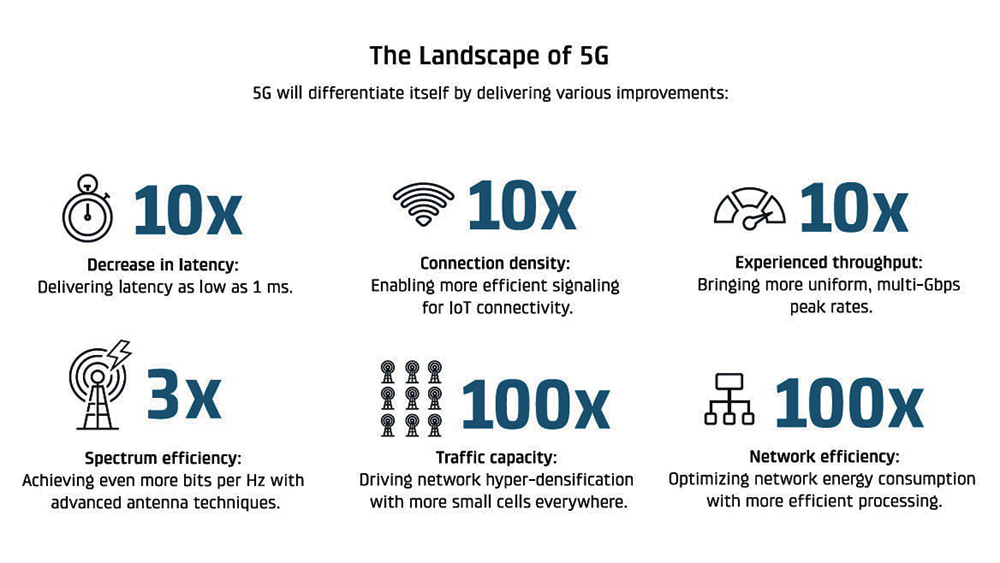Best 5G Networks of 2021: A Comprehensive Performance Comparison
telcomatraining.com – As 5G technology continued to roll out across the world in 2021, it marked a major turning point in the evolution of mobile connectivity. Faster speeds, lower latency, and improved network reliability made 5G the foundation for the next era of digital innovation. In the United States, the competition between major carriers—Verizon, AT&T, and T-Mobile—intensified as each aimed to deliver the fastest and most reliable 5G experience. This comprehensive performance comparison explores which networks stood out and why 2021 became a defining year for 5G.
T-Mobile: The Early Leader in Nationwide Coverage
In 2021, T-Mobile took the lead in nationwide 5G coverage, thanks to its early investment in mid-band spectrum through the Sprint merger. The carrier’s “Ultra Capacity 5G” network combined low-band and mid-band frequencies to offer both wide reach and strong performance. According to data from independent testing firms, T-Mobile provided the largest 5G footprint in the U.S., covering nearly 300 million people.
While T-Mobile’s 5G speeds were not always the fastest in every city, its consistency made it the most accessible option for users nationwide. Average download speeds hovered around 150 Mbps, with peak speeds surpassing 400 Mbps in many urban centers. This balance of speed and coverage made T-Mobile the go-to choice for consumers seeking reliable 5G access without frequent signal drops.
Verizon: The Speed Champion with mmWave Technology
Verizon focused on speed leadership, leveraging its millimeter-wave (mmWave) “Ultra Wideband” technology to deliver blazing-fast 5G performance. In ideal conditions, Verizon’s 5G Ultra Wideband reached speeds of over 1 Gbps, making it the fastest available network in 2021. However, this high-frequency technology came with limitations—it offered limited range and struggled with indoor penetration.
To address this, Verizon expanded its low-band “Nationwide 5G” network using dynamic spectrum sharing (DSS). This approach enabled the company to extend coverage across rural areas, albeit with slower speeds compared to its mmWave network. Despite these challenges, Verizon maintained its reputation for top-tier performance in dense urban areas, catering to users who prioritized raw speed over reach.
AT&T: Balanced Performance with Focus on Reliability
AT&T positioned itself between T-Mobile’s broad coverage and Verizon’s extreme speeds. The carrier’s 5G network, which combined low-band and high-band spectrum, provided a balanced experience with strong reliability. AT&T’s average download speeds in 2021 ranged from 70 to 120 Mbps—competitive but not record-breaking. However, the company’s emphasis on consistent connectivity and stable latency appealed to enterprise users and professionals relying on uninterrupted service.
AT&T also began expanding its “5G+” mmWave network in major cities, targeting high-traffic zones like stadiums, airports, and downtown areas. While coverage was more limited, performance tests showed significant improvements in peak speeds and responsiveness.
Performance Highlights and User Experience
Based on 2021 data from firms like Ookla, RootMetrics, and Opensignal, each carrier excelled in different categories:
- Fastest Average Speeds: Verizon (in limited areas)
- Widest Coverage: T-Mobile
- Most Reliable Connection: AT&T
- Best Overall Consistency: T-Mobile
Consumers’ experience often depended on geography—urban users benefited from Verizon’s speed, while rural and suburban users found T-Mobile’s broad network more dependable. AT&T’s network struck a middle ground, ensuring reliability across a variety of environments.
The Verdict: A Year of Transition for 5G
2021 wasn’t about a single “best” 5G network; rather, it was the year when each major carrier defined its strategy for the future. T-Mobile dominated in accessibility, Verizon led in peak performance, and AT&T excelled in stability. These dynamics set the stage for more competitive innovation in subsequent years as carriers expanded mid-band and mmWave deployments.
In summary, the best 5G network of 2021 depended on what mattered most—speed, coverage, or reliability. But one thing was clear: 2021 marked the beginning of a new era in wireless performance, laying the foundation for a hyperconnected world driven by 5G technology.







